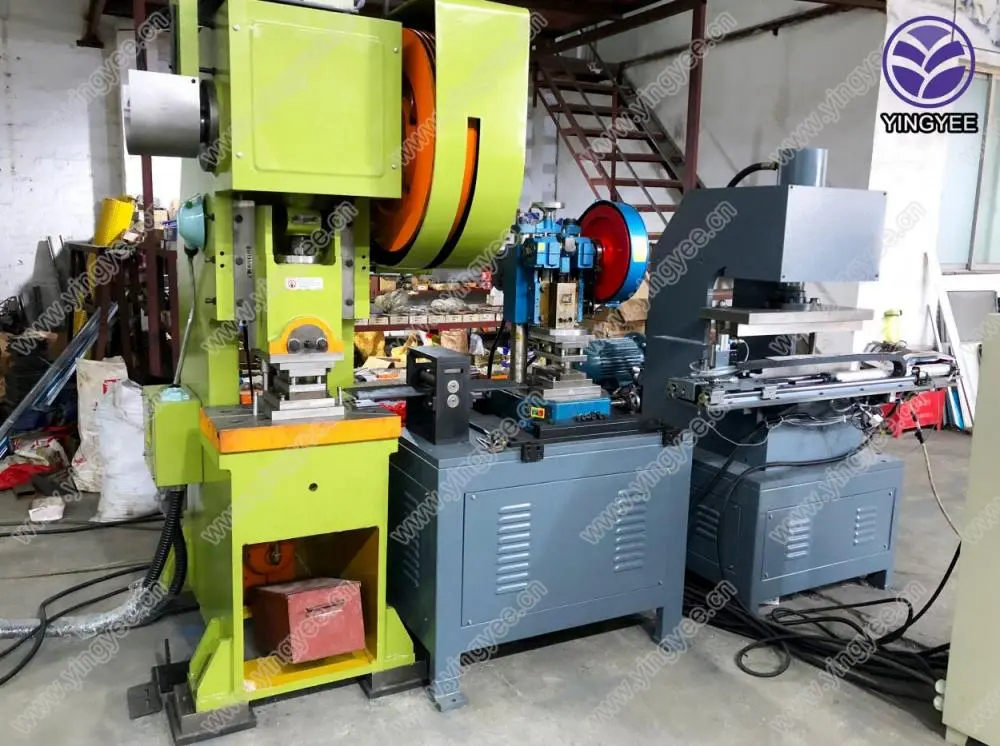
The Evolution and Importance of PLC Automatic Cable Tray Roll Forming Machines
In today’s fast-paced manufacturing environment, the need for efficient production systems is more crucial than ever. Among the various technologies employed in the manufacturing sector, the PLC (Programmable Logic Controller) automatic cable tray roll forming machine plays a significant role. This innovative machinery not only streamlines production processes but also enhances the quality and precision of the finished products.
Understanding Cable Tray Systems
Cable trays are essential components in modern electrical and telecommunication installations. They provide a structured pathway for cable management, ensuring safety, accessibility, and organization in various infrastructural settings, from commercial buildings to industrial plants. The demand for cable trays has surged with the rapid expansion of data centers, smart buildings, and the growing complexity of electrical systems.
The Role of Roll Forming
Roll forming is a continuous bending operation in which a long strip of metal is passed through a series of rollers to produce a desired cross-section profile. This process is particularly advantageous for manufacturing cable trays due to its efficiency and ability to produce lightweight yet strong components. Traditional roll forming methods, however, can be labor-intensive and require significant manual oversight, limiting scalability and increasing the risk of human error.
The Introduction of PLC Technology
The integration of PLC technology into roll forming machines has revolutionized the way cable trays are produced. A PLC is an industrial digital computer that has been adapted for controlling manufacturing processes. By employing PLCs, manufacturers can automate production lines, monitor operations, and optimize workflow, thus eliminating many of the inefficiencies associated with manual processes.
Advantages of PLC Automatic Cable Tray Roll Forming Machines
1. Precision and Consistency PLC-controlled machines offer unparalleled accuracy in forming cable trays. They ensure that each product is uniformly produced to meet specific design standards and industry regulations. This consistency minimizes waste and ensures higher quality.

2. Increased Efficiency The automation provided by PLCs significantly speeds up the manufacturing process. Operators can program machines to run at optimized speeds without sacrificing quality, leading to increased output in a shorter amount of time.
3. Flexibility in Production Modern PLC systems allow for easy reprogramming of the machine to accommodate different sizes and shapes of cable trays. This adaptability is crucial for manufacturers who need to fulfill diverse customer requests without extensive downtime.
4. Reduced Labor Costs With automation replacing many manual tasks, the need for extensive labor is reduced. This not only cuts costs but also allows workers to focus on more strategic and valuable tasks rather than repetitive operations.
5. Enhanced Monitoring and Troubleshooting PLCs come equipped with advanced monitoring capabilities, enabling real-time tracking of production parameters. If an issue arises, operators are alerted immediately, allowing for quick troubleshooting and minimizing production halts.
Future Prospects
As technology continues to advance, PLC automatic cable tray roll forming machines will likely see further enhancements. Innovations such as IoT (Internet of Things) integration and artificial intelligence could turn these machines into even smarter systems capable of predictive maintenance, self-optimization, and real-time data analysis.
Additionally, the increasing emphasis on sustainable manufacturing practices will drive manufacturers to adopt energy-efficient machines and processes. Future cable tray manufacturing might focus on using recycled materials and minimizing waste, aligning with global sustainability goals.
Conclusion
The PLC automatic cable tray roll forming machine represents a pivotal development in the manufacturing industry. Its ability to automate processes, enhance precision, and offer flexibility makes it an indispensable tool in cable management systems. As industries continue to evolve and the demand for efficient solutions grows, the significance of this technology will undoubtedly increase, shaping the future of manufacturing in the electrical and telecommunications sectors. Embracing such innovations is key for manufacturers aiming to remain competitive in an ever-changing marketplace.